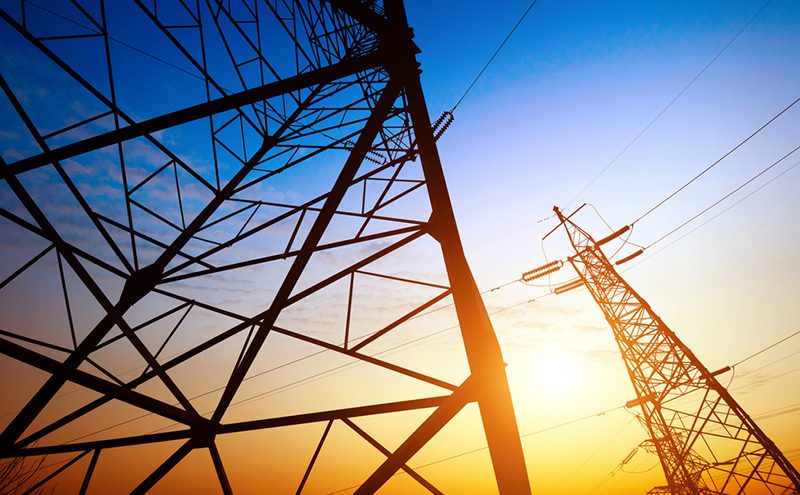
National Grid’s electricity control room introduced a new ‘Distributed Resource’ Desk on 23 January that enables power system engineers to give instructions much faster to smaller generators, battery storage operators, and demand side response providers – in the first 24 hours of operation, the number of bids and offers accepted by the control room from these aggregated providers was 87MWh, up 113% on average.
As the Electricity System Operator (ESO) the control room receives bids and offers daily from generators detailing the amount of power they can provide, the time they can provide it, and at what price. The control room accept or reject these bids based on what is needed to manage the network, while always opting for least cost, where it can.
Last year the system operator says it reached a significant milestone when it opened up the GB Balancing Mechanism Market, to enable small generators, battery storage and demand side response providers to compete with larger power plants to offer power and services to the grid.
Aggregators such as Limejump and Flexitricity act on behalf of several energy providers whose power in isolation is small but in total (or aggregated) meets the requirement for entry into the GB Balancing Mechanism Market. In combination, these providers have 52 Megawatts (MW) of power available within the GB Balancing Mechanism Market.
Staff managing the distributed resource desk focus entirely on optimising the use of these new assets and help them develop their capabilities to keep facilitating the growth of the market. By April 2019, National Grid expects market growth in this area will be up 179% to 145MWs, made up of batteries, combined heat and power, demand side response and gas reciprocating engines (heat power).
Claire Spedding, Balancing Programme Director, for National Grid Electricity System Operator said:
“I am delighted that, after facilitating the access of a number of new parties into the Balancing Mechanism Market last year, we are now able to take this next exciting step forwards. Putting a dedicated ‘Distributed Resource’ desk into the control room means we can create expertise in really understanding how these assets can contribute to balancing the nation’s electricity system.”
This development comes at a time when National Grid is in the final stages of preparations for transitioning to a legally separate system operator from 1 April 2019. Through legal separation, it says it is creating a trusted, impartial Electricity System Operator (ESO) that will make it easier for a wider range and variety of customers to connect to the network. During this transition, it’s critical that the ESO business continues to operate the electricity system safely and securely.
Claire added, “Who would think that a community energy scheme with a back-up generator in the North East, or a battery in the East Midlands could be helping you make a cup of tea when you get home from work in Reading?”
Responding, Hannah Smith, Senior Policy Manager at Scottish Renewables, said: “Small-scale renewable energy assets, energy storage, and demand side response all play a key role in delivering the smart system we need to tackle climate change and keep costs low for consumers.
“We welcome the move by National Grid to create a dedicated ‘Distributed Resource’ desk, which will help make the most of the benefits these assets bring to our electricity network.
“To reap the full benefits, it is crucial that the full suite of renewable energy technologies, at all scales, are able to offer services on a level playing field to other system assets.
“Renewable energy provides continue to face significant market uncertainty. Industry has no clear sight of the level of compensation small-scale electricity generators will receive for putting energy onto the grid, and a series of reforms to charging practices could prove damaging to the sector.
“We would encourage government, Ofgem and others to follow National Grid ESO’s lead and recognise the value of these assets in reducing emissions, reducing costs to consumers and balancing the nation’s electricity system.”






